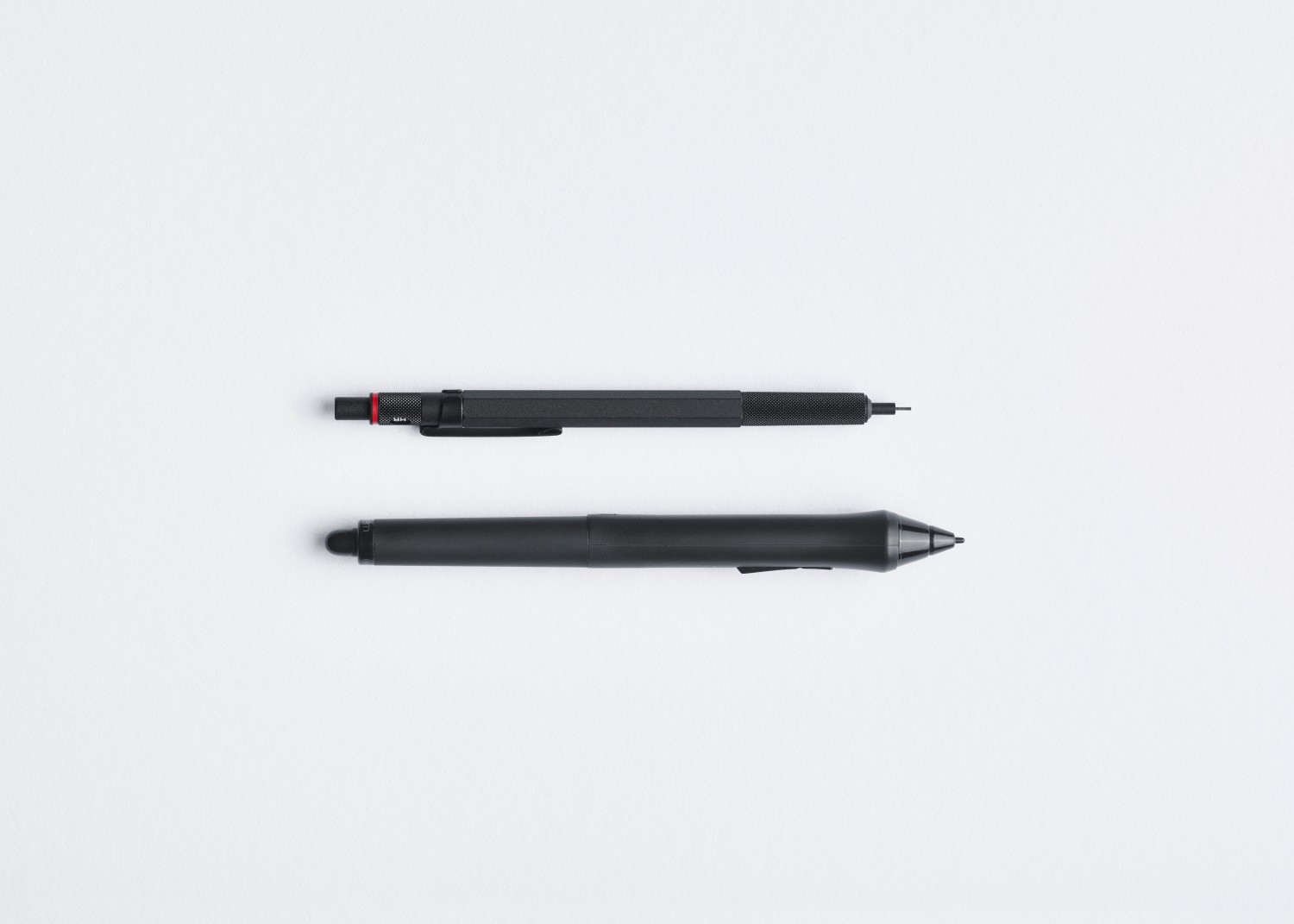Sometimes, when you have an idea for an application, you want to go all in. You want to give your users a full experience right away. You want to solve your customer’s problems all at once, with a comprehensive solution. And of course, you want to give them something more than your competitors do! That’s all very well, but in this feature-frenzy the true purpose of the app can be buried under countless add-ons.
In most cases, “go big or go home” isn’t the best strategy for building digital products. It can be misleading and may cost you quite a lot. Why not try something simple for a change? In this article, we’d like to present the concept of a Minimum Viable Product, describe the process and show you the advantages of this approach.

What is an MVP?
A Minimum Viable Product is a version of the product that has just enough features to be released for initial customers. The name speaks for itself – all you need is an absolute minimum, but it has to be enough to clearly reflect the app’s purpose and give the users a real value. There’ll be time for bells and whistles later!
Building an MVP is all about balance – a balance between satisfying the needs of your first customers and limiting the product design to essentials. Be careful, because an extremely minimalistic approach can be risky! It may influence your brand’s reputation and overall interest in the product. Don’t cut corners for the sake of minimalism, as you might end up with a product that is completely useless to your customers. MVP needs to be ready to market, so the main purpose of the app has to be easy to grasp by your target group. They must know why they need your product - how it’ll make their life better, what kind of pain points it’ll eliminate. Define the core features your users need to solve their particular problem and give them the solution – that's your MVP.

The Process
MVP can be used to create practically everything. It’s commonly used for digital product design, for web and mobile apps, but it doesn’t even have to be an app – the concept can be applied to a single feature of an application or even a larger system. What minimum means is of course extremely individual and varies depending on the type of organization, industry, business objectives etc.
Although the requirements for the basic version of the project can be quite complex in certain cases, it still can be built as an MVP, as the power of this concept lays in the agile, iterative process it imposes. In fact, the MVP itself is more of a process than a product. It doesn’t end with the release - a vital part of it is gathering feedback from users, testing, optimizing and developing the product further in consecutive iterations. All these stages, step by step, contribute to the product’s growth and maturation.
Let’s take a closer look at the process of building an MVP. We can divide it into a few steps, which we’ll try to describe briefly.

1. Do your research
Or we should rather say: do thorough research. If you want to build a successful digital solution, you need to identify a real problem – and the users who face it. Describe the challenge you want to address as precisely as possible and make sure there’s a real demand for your product. Confront your vision with the market, with your business goals and of course with competitors. You might not be the only one who came up with such an idea - but you might be the one who can do it better! Observe similar apps and think how you can stand out from them. With a clear vision of your product, precise definition of the business objectives and solid knowledge of the market, the next steps will be much easier.
2. Know your user
You’ve already learned a thing or two about your users in the first step, but it’s time to dig deeper. You can create personas to systematize the information. This technique will certainly help you understand your customer’s behaviors, goals and needs better – and adapt your product to it. Having identified the problem your users face, map what they need to fix it – and how your solution can help them do it easier and faster.
3. Compose and plan
All you need for a successful MVP development is to identify the absolute basic features your users need to accomplish their goals. You can classify all your ideas into 3 categories: must-have functionalities, not-so-necessary ones, and theoretical future add-ons. It’ll help you define what “minimum” really means in your project. All this, together with the previous steps, will give you a vision not only for the development of the MVP but also for future updates of your product.
If you need assistance at this stage or you simply can’t decide which set of features would be best, you can always ask for a consultation (or even workshops) with a trusted development partner. We’re experienced in building all sorts of digital products and we’ll be happy to give you a piece of advice and help you shape your vision.
4. Build the thing
It’s time to kick off the development cycle - and that’s our specialty! We will design your product, code, test and deploy. After a few weeks of this iterative process, your idea will become a real product, ready to be released to your initial customers. With a dedicated team, you can supervise the whole process and actively participate in each phase.
5. Release your product...
...and at the same time start observing your initial users, collect feedback, analyze it. Draw conclusions and prepare to repeat the development cycle and improve your product. Eventually, your simple MVP can grow into a complex software project – but as it all happens gradually, you don’t have to be afraid of the giant. You'll control every stage of its growth thanks to the iterative process and constant feedback from the users.

The advantages of building an MVP
The perspective of building a full-fledged product straightaway can be tempting, but it’s very risky and requires lots of resources – not only in terms of money. Deciding on building an MVP instead can take a (considerable!) weight off your shoulders, and let you work on your product in a more efficient way. We’d like to list a couple of advantages of choosing an MVP approach.
Lower risk, higher quality
There’s no guarantee for success neither for MVPs, nor for fully developed solutions, but for MVPs the risk is definitely lower. In order to create a complete version of your product, you would need a few times larger budget than required for an MVP. It would also take much longer to release the product – sometimes even a year or so, when for an MVP you usually need no more than 2-3 months to bring your vision to reality. If the full-fledged product fails, you lose all the time and money you invested. Making any changes usually means rewriting everything or building from scratch – and requires a new budget as well.
With an MVP you can avoid costly mistakes and safely validate your idea with initial customers. After collecting feedback, you can work on further development of the solution, adding more features and improving the core ones. Even if you made wrong assumptions at first, you can modify the product according to the customer’s reactions and your business goals. As a result, you will provide your users with a high-quality product tailored to their needs. What’s a better scenario for success? Plus, this strategy can be applied in almost any industry, from Entertainment to Automotive.

Users are on your side
Especially the early adopters. They are an amazing group of users that can really help your product grow. More forgiving and willing to give valuable feedback, they can easily grasp the vision of the product from the basic features the MVP provides and share their insights. What you learn from them can help you refine your idea and consequently improve your product. They can also help you create a potential client base. Nurture the relationship with initial users and build a community around your product. Their support will be priceless!
Profitable business
The sooner your product reaches the customers, the better. MVP is a great solution for this fast-paced market. With a quick development process, you can get ahead of your competitors and gain a significant advantage. Moreover, showing your vision in action, as a real product and no longer just an idea can attract investors. They’ll be even more likely to give you funding when they see there’s an actual demand for your product - and you can surely prove it with the profound research you made initially and with all the feedback from your first users. It’s a win!

Less is more
This phrase adopted by a famous architect Ludwig Mies van der Rohe can be also applied to software development. Did you know that the majority of apps you use on a daily basis started as an MVP? Yes, Instagram, Spotify or Uber – all of them were MVPs first. Over the years they grew to become the mature apps you know today. But it all started with a simple, clear vision and basic features, tested with initial users and developed further with time. That’s what MVP is all about. And it can be a gateway to your success as well!
If you’re considering an MVP development, we’ll be happy to assist you. You can consult your idea with us and together we will build a product meant to succeed. Let's get in touch!
You may be also interested in:
➤ MVP vs PoC (vs Prototype) – a complete guide
➤ What makes a successful IT project: key elements
➤ How to create a project roadmap. A step-by-step guide











 Angry Nerds (Poland)
Angry Nerds (Poland) Angry Nerds (USA)
Angry Nerds (USA) Angry Nerds (Canada)
Angry Nerds (Canada)



